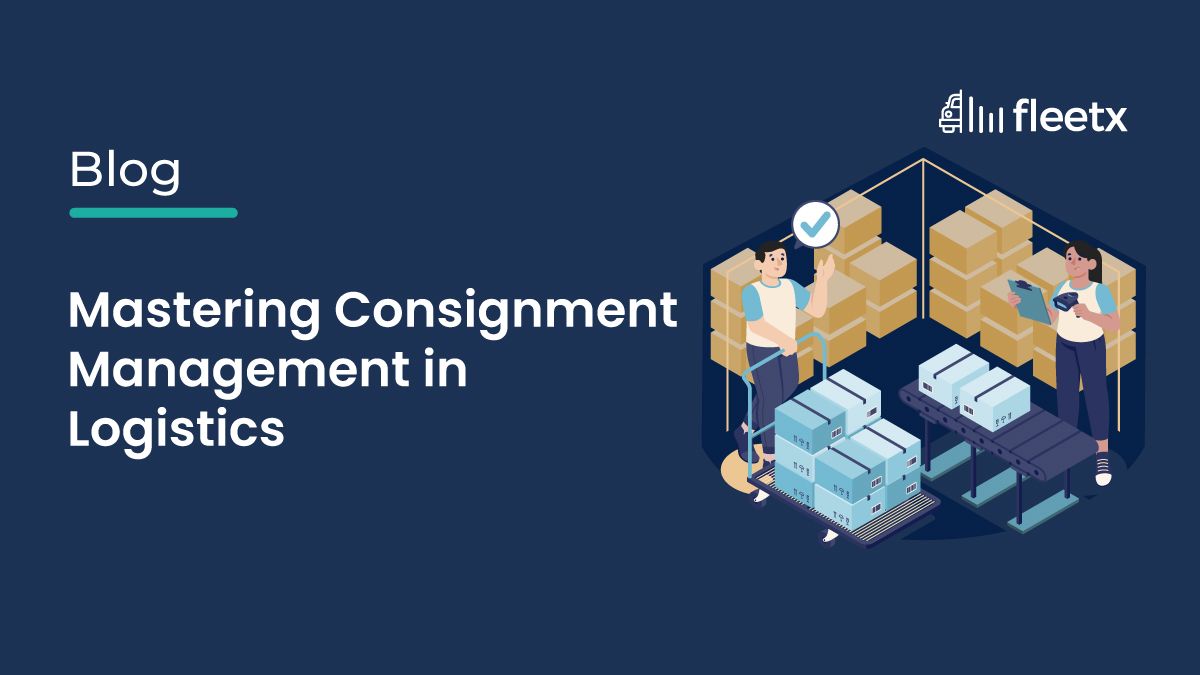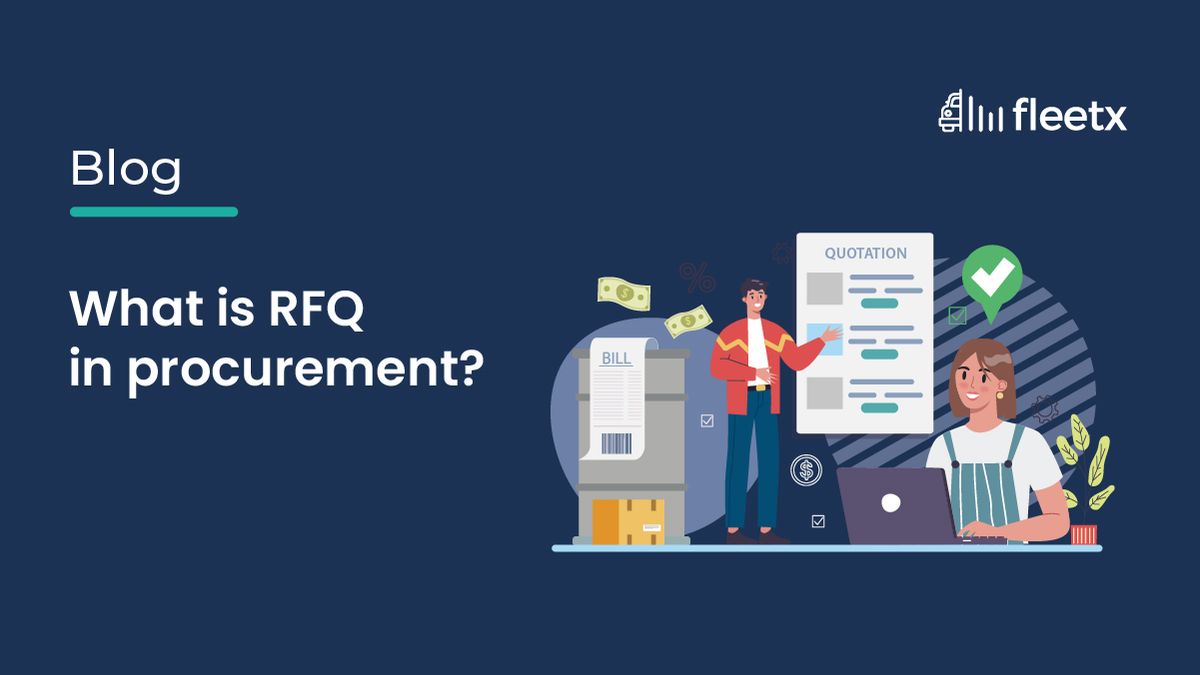
Managing consignments is an essential part of the logistics process, where goods are sent from a supplier to a distributor or retailer. The consignee does not have to pay for the goods until they are sold, making it a convenient arrangement. This model offers substantial benefits when it comes to managing inventory, cash flow, and mitigating risks. However, becoming proficient in consignment management necessitates a thorough comprehension of its procedures, advantages, difficulties, and recommended approaches.
Gaining Insight into Consignment Management
Consignment management is a supply chain strategy that revolves around the ownership of goods. In this strategy, the supplier (consignor) retains ownership of the goods until they are sold by the distributor or retailer (consignee). This arrangement is advantageous for both parties involved, as it enables the recipient to maintain inventory without any initial expenses, while also allowing the sender to broaden their market presence with minimized risk.
Important Elements of Consignment Management
1. Consignor: The supplier or manufacturer who owns the goods and entrusts them to the consignee.
2. Consignee: The distributor or retailer who holds and sells the goods but does not pay for them until they are sold.
3. Consignment Agreement: A formal agreement that clearly defines the terms and conditions of the consignment arrangement, including the respective responsibilities, payment terms, and duration.
4. Efficient Inventory Management: Streamlining the process of tracking and managing consigned goods to maintain accurate stock levels and ensure timely replenishment.
5. Sales and Payment: Managing the process of recording sales and handling payments from the buyer to the seller for the inventory that has been sold.
Advantages of Consignment Management
There are several advantages to consignment management for businesses that engage in this practice. Both consignors and consignees can reap the benefits of this arrangement.
Some of the advantages include:
1. Lowered Inventory Expenses: Consignees have the advantage of holding inventory without having to pay upfront costs, which enhances their cash flow and minimizes financial risk.
2. Expanded Market Presence: Consignors have the opportunity to reach a wider audience by distributing their products to multiple consignees, without the need for immediate payment.
3. Strengthened Relationships: Successful consignment arrangements foster mutual trust and cooperation, leading to stronger relationships between consignors and consignees.
4. Minimizing Risk: By retaining ownership of the goods until they are sold, consignors can effectively reduce the potential risks associated with unsold inventory.
5. Improved Inventory Management: Consignees can expand their product offerings without the need to make upfront purchases, resulting in more efficient stock management and increased customer satisfaction.
Difficulties in Consignment Management
Although consignment management offers numerous benefits, it also presents a set of challenges that must be overcome for optimal results:
1. Sophisticated Inventory Tracking: Effectively managing consigned inventory necessitates diligent tracking and precise record-keeping to prevent any discrepancies or stockouts.
2. Effective Cash Flow Management: Consignors must carefully handle their cash flow to accommodate the delay in receiving payment, even though consignees benefit from deferred payments.
3. Contract Management: It is essential to establish clear and comprehensive consignment agreements to prevent any misunderstandings or disputes.
4. Sales Reporting: It is crucial for consignees to deliver sales reports to consignors in a timely and accurate manner to facilitate prompt invoicing and payment.
5. Potential Consequences of Unsold Goods: Consignors may face the challenge of unsold inventory, resulting in higher storage expenses and the possibility of financial setbacks.
Tips for Optimizing Consignment Management
In order to excel at consignment management, organizations should consider implementing the following best practices:
1. Consignment Agreements with Clear Terms: Create comprehensive consignment agreements that clearly define the various roles, responsibilities, payment terms, and duration of the consignment arrangement. Make sure to incorporate provisions for any remaining inventory, establish clear guidelines for returns, and outline methods for resolving any potential disputes.
2. Enhancing Inventory Management Systems: Maximize the efficiency of your inventory management by implementing cutting-edge systems that ensure precise tracking of consigned goods. Enhance your inventory management with cutting-edge features like real-time tracking, automated replenishment, and detailed reporting. Keep your stock levels in check for maximum efficiency.
3. Encourage frequent communication and collaboration: To strengthen the relationship between suppliers and customers, Set up recurring meetings to address inventory levels, sales performance, and any potential challenges that may arise.
4. Strategies to Reduce Risk: Create effective plans to minimize the risk of having unsold inventory. Some possible strategies could involve implementing minimum sales requirements, providing promotional assistance, and creating return policies for unsold merchandise.
6. Training and Education: Offer comprehensive training and educational resources to ensure consignors and consignees are equipped with the knowledge and skills needed to excel in consignment management. This guarantees that all parties have a clear understanding of their obligations and the procedures at hand.
7. Establishing performance metrics and KPIs: It is crucial for measuring the effectiveness of the consignment arrangement. Keep a close eye on metrics like sales velocity, inventory turnover, and payment cycles to pinpoint areas that could use some enhancements.
Incorporating Technology in Consignment Management
Technology is essential for improving the efficiency and accuracy of consignment management. Here are a few technological solutions that can help simplify the process:
1. Streamline Your Inventory Management: With advanced software, you can effortlessly automate the tracking of consigned goods, efficiently manage stock levels, and easily generate real-time reports. Utilizing features like barcode scanning, RFID tagging, and IoT integration can greatly improve accuracy and efficiency.
2. ERP Systems : Enterprise Resource Planning (ERP) systems have the ability to seamlessly integrate consignment management with other critical business processes like sales, finance, and supply chain management. This comprehensive strategy guarantees a smooth exchange of information and enhances overall effectiveness in operations.
3. Embrace the Power of Cloud-Based Solutions: Experience the benefits of scalability, accessibility, and real-time data synchronization with our cutting-edge consignment management solutions. Users can conveniently access inventory data, sales reports, and other important information from any location and at any time.
Final Thoughts
To become proficient in consignment management in logistics, it is essential to have a comprehensive grasp of the processes involved, as well as the advantages, difficulties, and recommended approaches. Organizations can achieve significant improvements in inventory management, cash flow, and market reach by implementing clear consignment agreements, utilizing advanced inventory management systems, fostering communication, and leveraging technology. When consignment management is done well, it can provide a mutually beneficial solution for both parties involved, leading to increased growth and profitability in today's competitive market.






